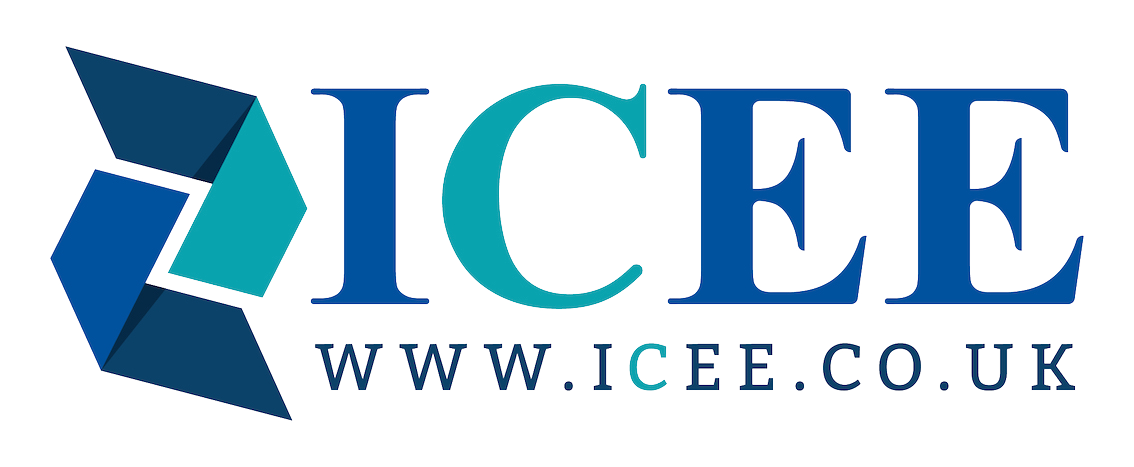As a designer or engineering designer, you’ve probably already heard about the many advantages of Waterjet Cutting over other profiling methods and its capabilities.
While we’ve all heard a million times before about waterjet cutting’s fast turnaround and high precision and its ability to cut virtually any material, what you may not necessarily know about are all the various applications that waterjet cutting is suitable for.
In this blog, we outline some of the most commonly found ones, split by industry sector.
Industry specific applications
Waterjet’s ability to cut a wide range of materials and its accuracy and high quality make it the preferred profiling method in a number of industry sectors.
Here are some of the sectors that use waterjet cutting for their profiling needs.
Aerospace
Waterjet cutting is widely used by leading aviation manufacturers. The technique tends to be most commonly used for cutting:
- Body parts
- Engine components (aluminium, titanium, heat-resistant alloys)
- Titanium bodies for military aircraft
- Interior cabin panels
- Custom control panels and structural components for special purpose aircraft
- Trimming of turbine blades
- Aluminium skin, struts, seats, shim stock, brake components, titanium & exotic metals used in manufacturing landing gear
Automotive
Waterjet cutting is very popular in the automotive sector as well, especially in car and train manufacturing. Here some examples of parts that can be cut on a waterjet for this sector:
- Interior trim (headliners, carpet, trunk liners, etc.)
- Fibre glass body components
- Automatically cut automobile interiors in any angles and separate scraps
- Flanges for custom exhaust systems
- Specialty metal gaskets for antique automobiles
- Specialty brake disks and components for racing cars
- Custom skid plates for off-road motorcycles
- Intricate decorative brackets and fittings
- Copper head gaskets
- Short run productions for model shops
- Custom motorcycle bodies
- Insulation
- Firewall
- Under-hood
- Foam
- Truck bed liners
- Bumpers
Electronics
One of the biggest benefits of waterjet cutting is its contribution to bringing down the production cost of electrical components, which is a must for any company to be able to compete on today’s oversaturated technological market. The most commonly cut parts on a waterjet include:
- Circuit boards
- Cable stripping (insulation coverings)
- Custom electrical enclosures and control panels
- Custom designed elevator control panels
- Components for portable generators
Medical / Surgical
Waterjet cutting’s ability to deliver precision machining of small parts in difficult materials, makes the technique ideal for the medical/surgical sector. Here are some of its most common applications:
- Blanking out surgical instruments
- Cutting artificial limb components
- Composites
- Fabrication of carbon braces and orthopaedic appliances
- Model shop prototyping
Architectural / Design /Artwork
When it comes to the creative sector waterjet cutting can be used for anything. From architecture to design and textile, here are some of the many applications of waterjet cutting:
- Artistic and architectural designs, murals
- Metal artwork such as outdoor, theme park, special lighting, museum art work
- Components for architectural trim and window systems
- Signage letters in marble, glass, aluminium, brass, plastic
Some material specific applications of waterjet cutting include:
Glass
- Stained glass
- Kitchen and bathroom splashbacks
- Frameless shower screens
- Balustrading
- Laminated and bullet-proof glass
- Flooring/table/wall inlay
- Flat glass
Note: Waterjet cutting is not suitable for cutting toughened glass.
Textiles
- Clothing
- Healthcare products, diapers and more
- Fabrics – with the option for multi-layer cutting
- Sports lettering
- Slitting operations
Stone
- Custom border tiles
- Floor and wall inlays
- Kitchen countertops
- Custom stepping stones
- Outdoor stone
- Stone furniture
Food Manufacturing
There are two different applications that waterjet cutting can be used for when it comes to food manufacturing. It can either be used for the fabrication of the actual food processing equipment or as part of the food production process, due to its complete sterile nature and no heat generation. Examples include:
- Food production: meat processing, frozen food, vegetable slicing, production of cakes and biscuits
- Food processing equipment: components for food processing lines, guards, enclosures, food handling and packaging equipment, beverage manufacturing equipment, specialty liquid filling equipment
Putting together a comprehensive list of the various applications of waterjet cutting is impossible, however, by now you should have a good idea of the method’s extensive capabilities.

